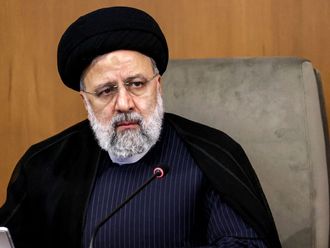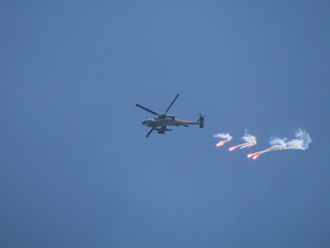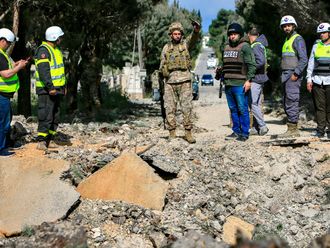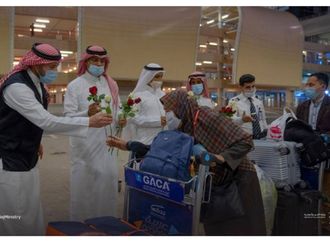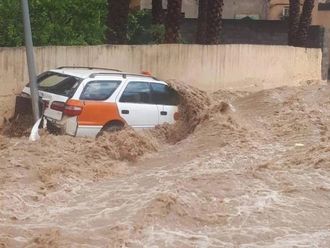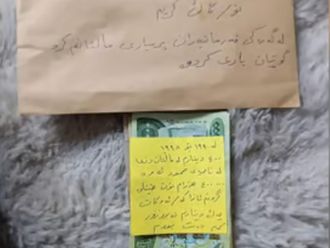The analysis of soil samples taken by U.N. inspectors at Lavizan, a site in Tehran that U.S. officials suspect may be linked to an atomic weapons programme, shows no sign of nuclear activity, Western diplomats said.
Satellite photos of Lavizan taken between August 2003 and May 2004 showed that Iran had completely razed Lavizan, a site which Iran said was a former military research laboratory, but which it said had nothing to do with atomic-related activities.
"The environmental samples taken at Lavizan have come back negative so far," a Vienna-based diplomat who follows the U.N. International Atomic Energy Agency (IAEA) told Reuters. Negative means the samples contained no traces of nuclear materials.
Washington accused Iran of removing a substantial amount of topsoil and rubble from the site and replacing it with a new layer of soil, in what U.S. officials said might have been an attempt to cover clandestine nuclear activity at Lavizan.
Former U.S. ambassador to the IAEA, Kenneth Brill, accused Iran in June of using "the wrecking ball and bulldozer" to sanitise Lavizan prior to the arrival of U.N. inspectors.
But another diplomat close to the IAEA told Reuters that on-site inspections of Lavizan produced no proof that any soil had been removed at all.
The United States accuses Iran of developing nuclear weapons under cover of a civilian atomic energy programme, a charge Tehran has repeatedly denied.
The IAEA has been inspecting Iran's nuclear programme for two years. Although it has uncovered many previously concealed activities that could be linked to weapons activity, it has found no "smoking gun" to prove washington's case.


